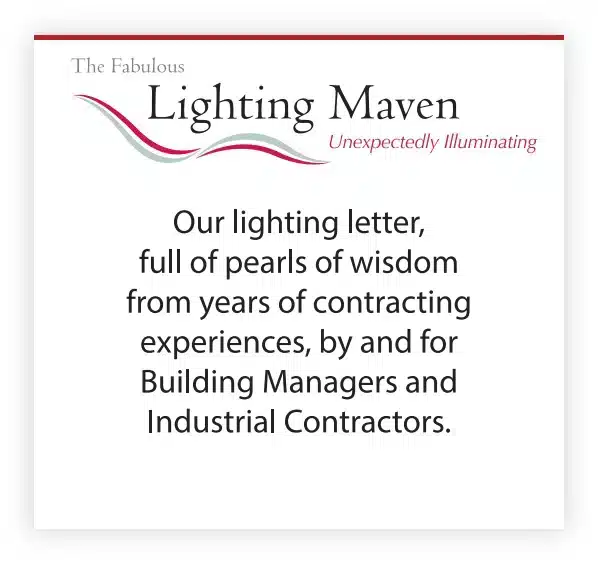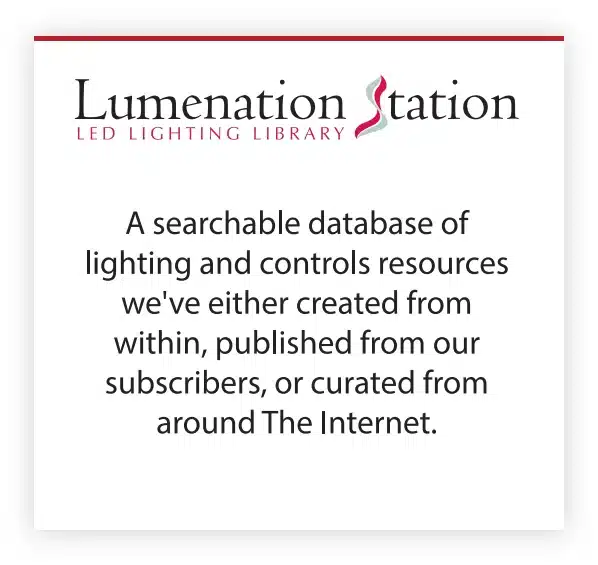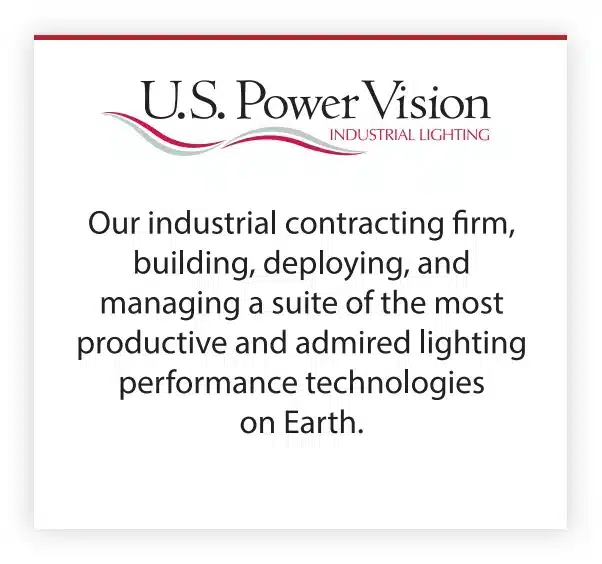Dear Reader:
Electricity comes into the plant in waves, very much like ocean waves, or heat, or any of other phenomena that involves rhythmic movement. Energy is no different.
The key is to move that energy as smoothly as possible through the plant, so as to reduce the frequency and magnitude of these waves of electricity, whose profile is known as its ‘waveform’.
Each device utilizing that power has its own unique waveform, a signature, if you will. They’re a bit like snowflakes, with no two being precisely the same.
First, understand that virtually no (perhaps literally no) electricity that enters a building has a perfectly constructed waveform. In an electrical power line, a number of factors create harmonic distortion, including currents introduced into the line by users of non-linear loads, environmental causes such as lightning, electromagnetic interference from towers, and others.
So, with the electricity-consuming equipment found within your plant, you want to not add to those distortions from clean power any more than is absolutely necessary. For every piece of equipment, system, and device the Facilities Manager purchases, being mindful of the need to make selections in part as a result of minimal harmonic distortions makes sense. In very simple mathematic terms, the less harmonic distortion your LED fixture generates, the smoother the electricity will flow through that fixture, and ultimately the plant.
With LED fixtures, this can be influenced, to a certain extent. Virtually every specification sheet includes the fixture’s rated Harmonic Distortion, expressed in percentage terms. A good metric in this regard is less than 20%, which is to say the waveform distorts no more than 20% from perfectly symmetrical. While this may sound like a lot, when you think of each of the devices within a fixture, each of which generating some distortion on its own, as well as compounding its neighboring device’s distortion, you might consider this to be acceptable.
A higher percentage of Total Harmonic Distortion can stress electrical infrastructure and equipment, resulting in a significant amount of electricity dissipated as excess heat, producing issues such as underperformance, wasted energy consumption, increased energy costs, and shortened fixture life,
AEMC Instruments has put out a YouTube video on Harmonic Distortion. You might want to look in on it here: What Are Harmonics? We think you’ll find it informative.






